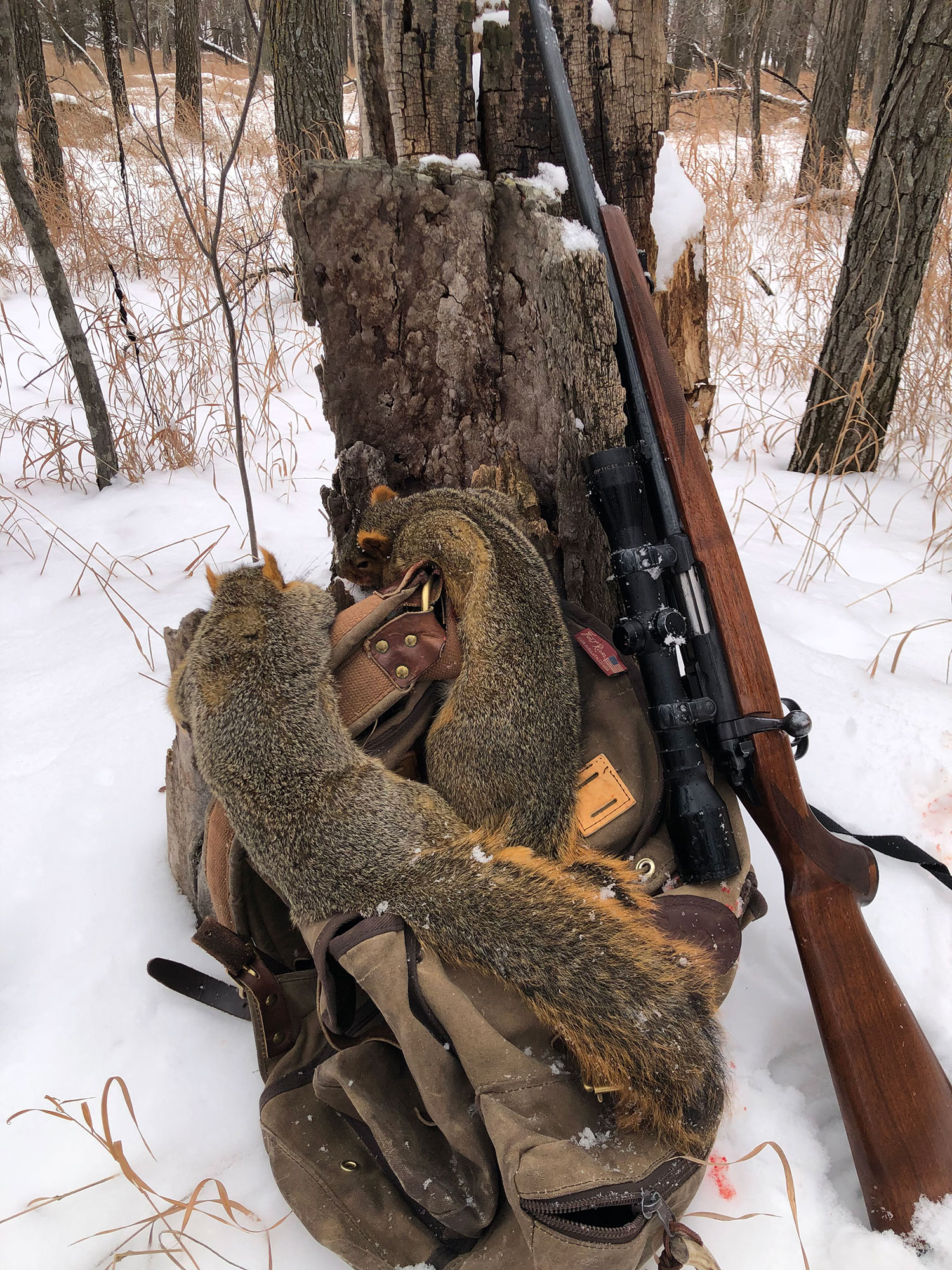Back Cast

We’ve struggled in the woods the last two seasons. Gone bleary eyed staring into the confusion of cottonwood, elm and bur oak tree limbs.
Was it our timing? The wind? There’s always wind. Too cold? Too hot? Too whatever?
I’ve threatened to keep a log of sorts, jotting down weather conditions and other particulars that maybe contributed to our success or lack thereof. Yet, like the promise of breaking a bad habit, I never got around to it.
It’s just a handful of days before the winter solstice as I slowpoke my way through the woods in maybe 2 inches of snow, which means the return of more sunlight thereafter, and the expectation that we’ll come out the other side of another Northern Plains winter.
Yesterday, when I rolled out of bed before sunrise and it was minus 9, my outlook wasn’t as enthusiastic. Today, the forecast calls for a nearly 50-degree swing in the other direction, which is something we can all certainly get behind.
I heard there was a good acorn crop this year from a biologist scouting wood ducks in a Missouri River feeder stream, which, considering the drought and all, doesn’t make much sense. Then again, I know about as much about mast-producing trees as I do about the unpredictable ways of river bottom fox squirrels, despite years of pursuit.
What I do know is that fox squirrels like acorns, and I know from prowling around these parts where a nice stand of bur oaks is located.
The fallen acorns are buried beneath the snow so it’s difficult to vouch for rumors of a bumper crop, but there are many signs where the squirrels have been rooting around in the snow trying to find them.
From what I gather, fox squirrels have excellent vision and a well-developed sense of hearing, which means they know I’ve been skulking around for the last hour, slowly working from tree to tree to break up my outline. What I’m banking on, especially if I have the patience to stay hidden and mostly stationary long enough, is for them to forget about me, to go back to doing whatever squirrels do when I’m not around.
I hear the barking and unmistakable chatter first, somewhere to my right, before I finally spot two squirrels 30 feet up a tree where the limbs are seemingly knitted together, providing an untold number of escape routes if they bust me or I shoot and miss.
Firing a .22-caliber rifle in these river bottom woods is louder than you’d expect. I can’t explain it, but even the tiniest of noises, like the birdy chitchat of nuthatches and chickadees and passing Canada geese are amplified.
And when a 2-pound, headshot fox squirrel falls from 30 feet and thumps to the ground, you more than hear it. You can almost feel the thud in your chest.
